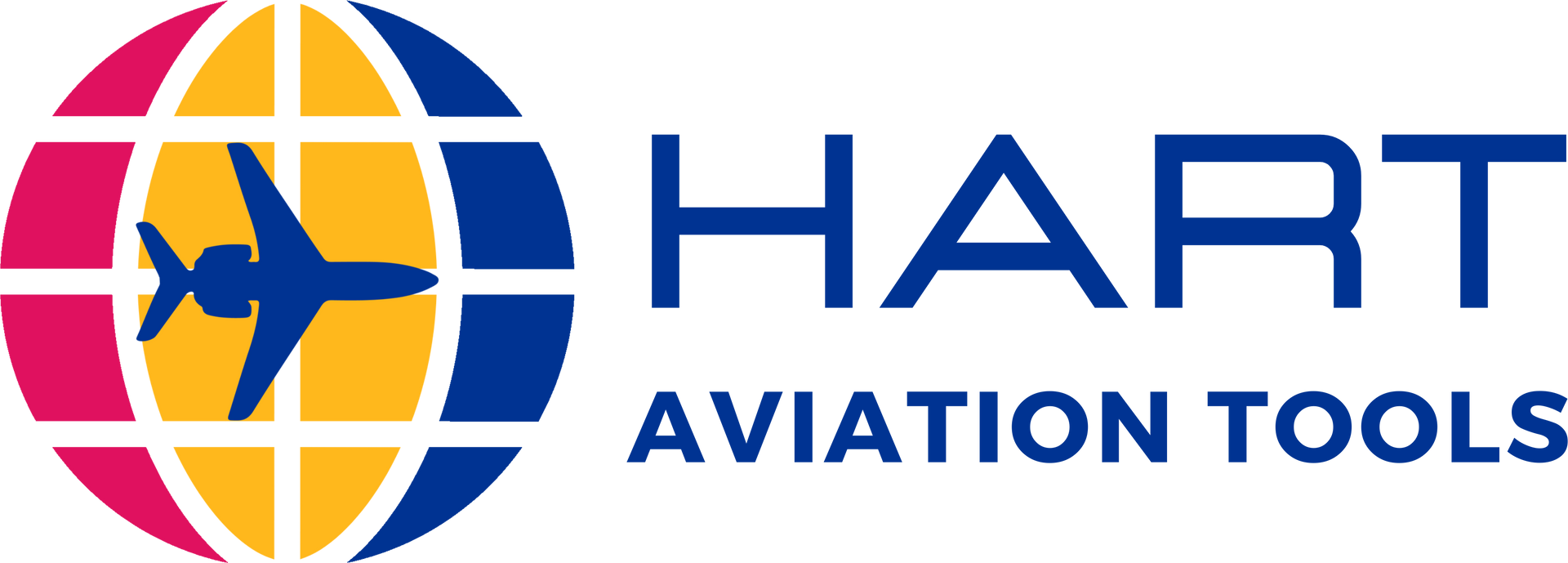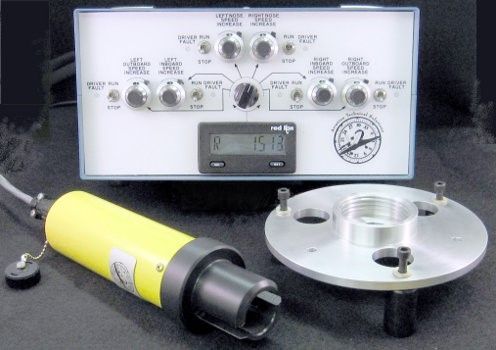Get in touch
555-555-5555
mymail@mailservice.com
Pilot/Mechanic Communications
It’s never good when the pilot comes walking through the hangar door 15 minutes after departure. Uh oh. The mechanic starts mentally running through the work he just did on the airplane. The pilot is probably calm because it is clearly not his fault. You have a good working relationship with him or her and everyone is focused on safety and still making that revenue flight. Business as usual. “The gear didn’t come up”. The squat switches. Everyone in the whole building is looking at you. Yes, it happened to me. The crew’s energy spikes and we go into pit stop mode. I connect both squat switches, the plane is jacked up, the power cart and mule are connected, we swing the gear and the plane is rolling out the door in 25 minutes. Fortunately, it was a little Falcon 10. The boss had come over and was more impressed and complimentary than upset. It helps to own the mistake. Does your company culture nurture and reward accountability?
Or, it could be an irate pilot. Maybe arrogant; like the one, as the joke goes, by the end of the party, everyone knows he’s a pilot or one with childhood trauma who yelled “mechanics should be seen and not heard”. I can still hear my office door slam, down the hall of memories of those burdened with the stereotype that mechanics are a lower life form. But we know that’s the exception, as we learn not to judge each other by our outer personalities.
Our interactions go deeper when concentrating on the squawks during the flight turnover. We learned to listen honestly as we wade through it, revealing the extent of your knowledge and experience. The pilot is describing what is happening on the airplane. A thoughtful pilot has taken a picture or video of the issue. Sometimes the mechanic can’t duplicate the problem on the ground. Is he being clear on what is happening and not particularly worried to reveal that he doesn’t know something? Or is he speaking down to you authoritatively, being evasive and confusing? Like describing his pilot-induced problem without admitting it. He may have worries of losing his job. Maybe it’s an airworthy issue but he doesn’t want to be responsible for writing it up and grounding the airplane. Or he might not want to admit that he doesn’t know the airplane that well- like the rent-a-pilot that came back through the hangar door 15 minutes after departure with a whole bushel basket full of electrical anomalies because he forgot to close the Bus Tie. A little humility can save an hour. No one gets judged for humility.
And pilots get it. They are just as focused on safety-it is after all their butt in the seat. And the mechanics put their license and career on the line with every signature of work done. This all goes unsaid in every conversation.
Mechanics have to process a lot of information from the pilot, who has processed a lot of information from the airplane, and then discern where the truth is and what direction to take. Because our mantra is “Trust but Verify”, we always find the truth in the end. The mechanical problems take a short time to find and a long time to fix. The electrical problems take a long time to find and a short time to fix, especially on the Legacy aircraft. Then looking back, we make judgements on what has transpired, and reputations are formed. Often pilots are right about the problem. They know their airplane and can offer a perspective that helps the mechanic. Seek first to understand, then to be understood.
I like the one where the pilots will live with a problem for so long that they forget about it when talking with maintenance. Then during inspection we’ll find problems that, had we known about it, would have saved a lot of time and trouble. Or, we’re burning because we found it at the last minute. When we ask the pilot about it, he says, “Oh ya, we’ve had that problem for a long time.” Accidents happen when there is a confluence of seemingly unrelated issues… Mechanics tend to not like being investigated for an incident where there were issues they didn’t know about.
We love aviation because we love the challenge, the risks, the high stakes, learning the mastery of taking apart, repairing and putting back together a sophisticated, high-performance aircraft, and then the joy and satisfaction of flying it. And always reaching for higher attainment and the next level. We do it together.
I like how T.S. Elliot said it: “What life have you if you have not life together? There is no life that is not in community.”

Hart Aviation Tools Co.
Designed and Hosted By

